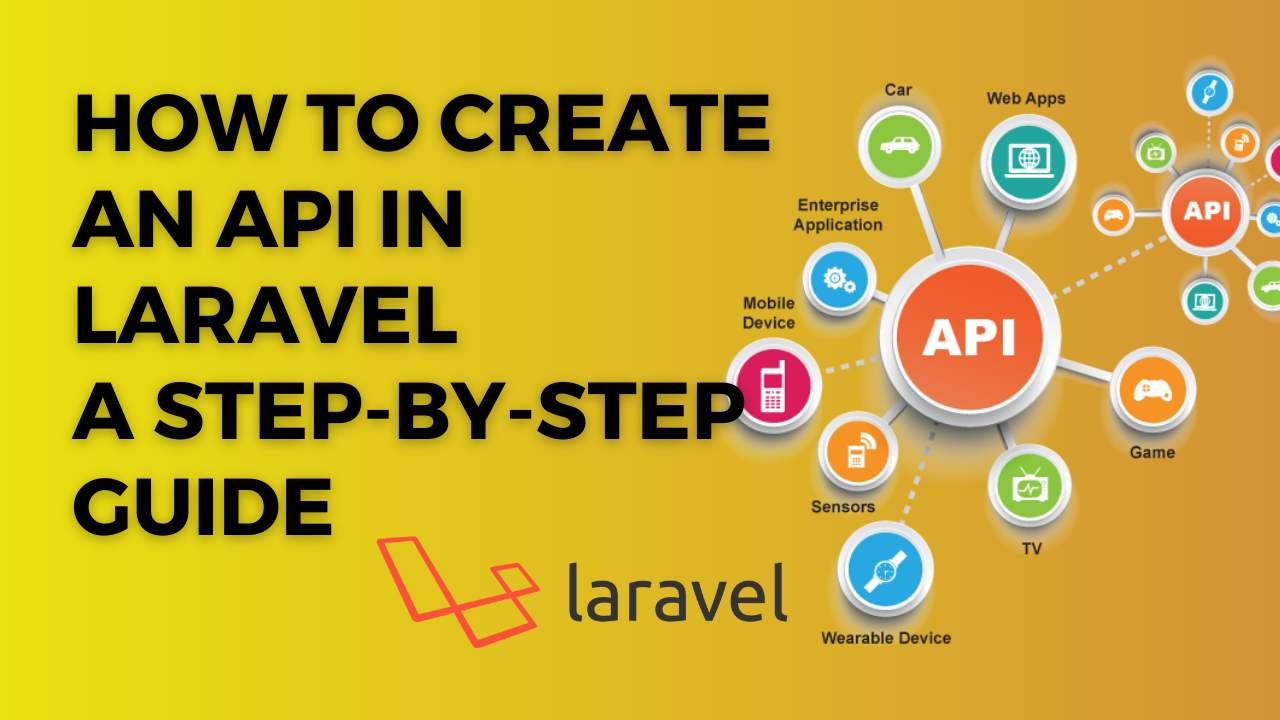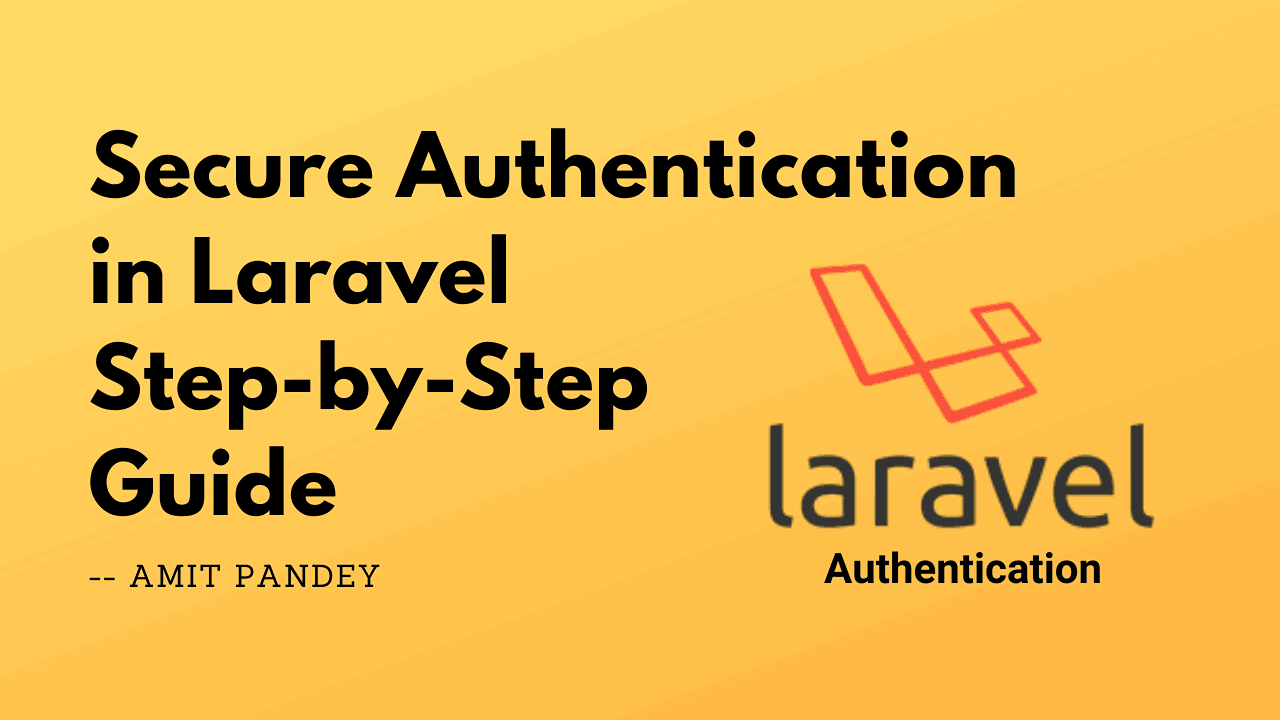Application Programming Interfaces (APIs) play a pivotal role in modern web development, enabling communication between different software systems.
Laravel, a popular PHP framework, provides a robust platform for building APIs effortlessly. In this step-by-step guide, we will walk you through the process of creating a RESTful API using Laravel. If you are preparing for interview the must check Laravel Interview Questions and Answers.
Prerequisites
Before we dive into creating the API, make sure you have the following prerequisites in place:
- Laravel Installed: You should have Laravel installed on your system. You can do this by following the official Laravel installation guide.
- Code Editor: Use a code editor of your choice. Popular options include Visual Studio Code, Sublime Text, and PHPStorm.
- Composer: Ensure you have Composer installed as it's essential for managing Laravel dependencies.
Step 1: Create a New Laravel Project
Start by creating a new Laravel project. Open your terminal and run the following command:
composer create-project --prefer-dist laravel/laravel api-tutorial
Replace api-tutorial with your preferred project name.
Step 2: Set Up the Database
For this tutorial, let's assume you want to create an API for a simple task management application. Set up your database credentials in the .env file:
DB_CONNECTION=mysql
DB_HOST=127.0.0.1
DB_PORT=3306
DB_DATABASE=your_database_name
DB_USERNAME=your_database_username
DB_PASSWORD=your_database_password
Then, run the migrations to create the necessary tables:
php artisan migrate
Step 3: Create a Model
In Laravel, models represent database tables. Generate a model for your tasks:
php artisan make:model Task
This command will create a Task.php file in the app directory.
Step 4: Create a Controller
Next, generate a controller that will handle API requests related to tasks:
php artisan make:controller TaskController
You'll find the TaskController.php file in the app/Http/Controllers directory.
Step 5: Define Routes
Laravel's routes determine how HTTP requests should be handled. Open routes/api.php and define routes for your API endpoints. For example:
Route::get('/tasks', 'TaskController@index');
Route::post('/tasks', 'TaskController@store');
Route::get('/tasks/{id}', 'TaskController@show');
Route::put('/tasks/{id}', 'TaskController@update');
Route::delete('/tasks/{id}', 'TaskController@destroy');
Step 6: Implement Controller Methods
In your TaskController.php, implement the methods corresponding to the defined routes. These methods will handle the CRUD (Create, Read, Update, Delete) operations for your tasks:
public function index()
{
// Retrieve and return all tasks
}
public function store(Request $request)
{
// Create and return a new task
}
public function show($id)
{
// Retrieve and return a specific task by ID
}
public function update(Request $request, $id)
{
// Update and return a specific task by ID
}
public function destroy($id)
{
// Delete a specific task by ID
}
Step 7: Implement Logic
Inside each method, implement the logic to perform the respective actions on tasks. You'll use the Task model to interact with the database.
Step 8: Test Your API
To test your API, you can use tools like Postman or Insomnia. Send requests to the endpoints you've defined to create, retrieve, update, and delete tasks.
Step 9: API Authentication (Optional)
Depending on your application's requirements, you may need to implement authentication for your API. Laravel offers various authentication methods, including Passport for OAuth2.
Step 10: Documentation (Optional)
Consider documenting your API for other developers. Tools like Swagger can help you create API documentation easily.
Conclusion
Creating a RESTful API in Laravel involves several steps, from setting up your project to defining routes and implementing controller methods. With Laravel's powerful features and excellent documentation, building robust APIs becomes a straightforward process.
Remember to secure your API and document it for others to use.



Write a comment